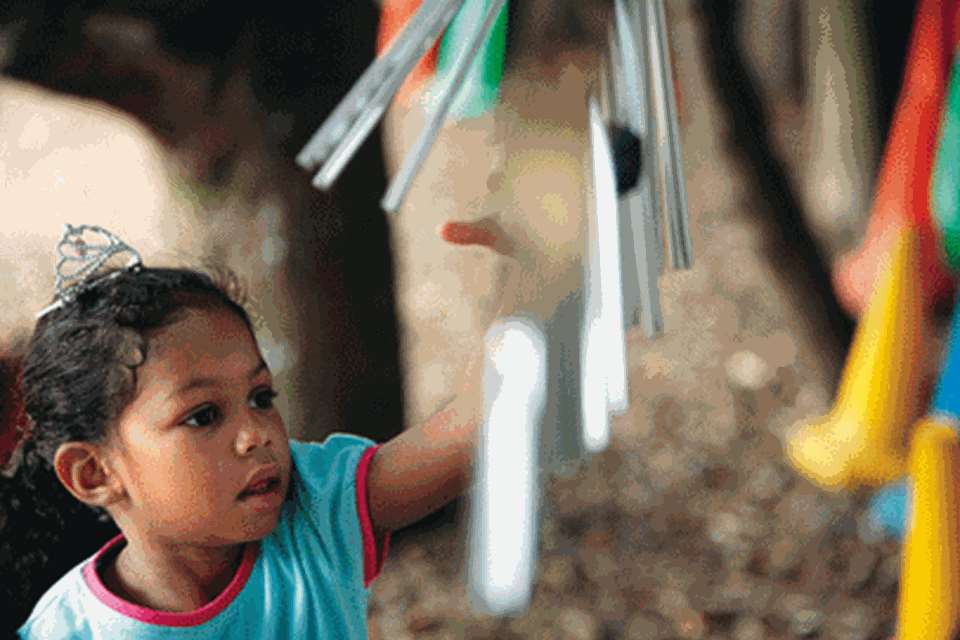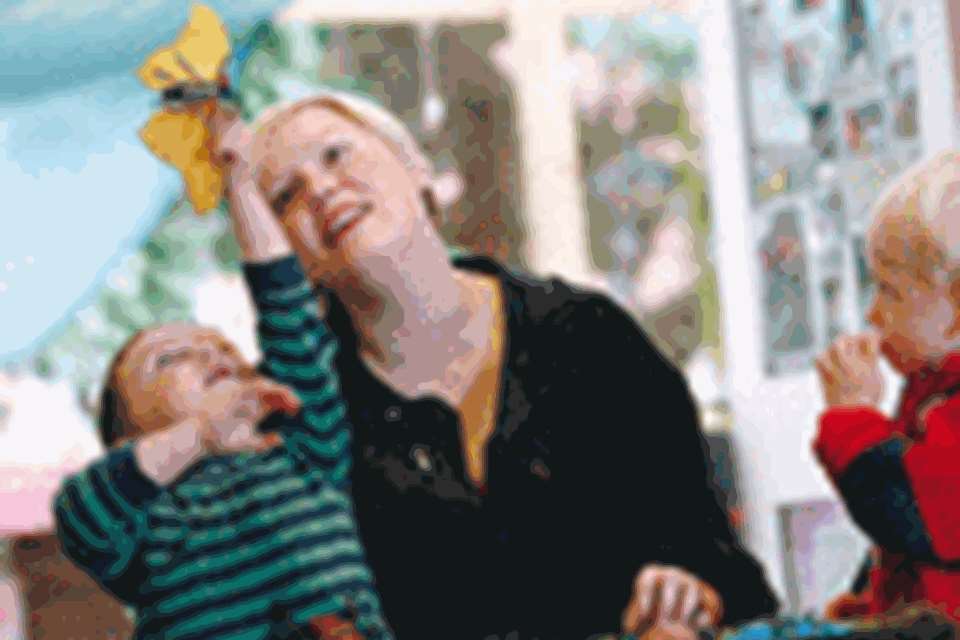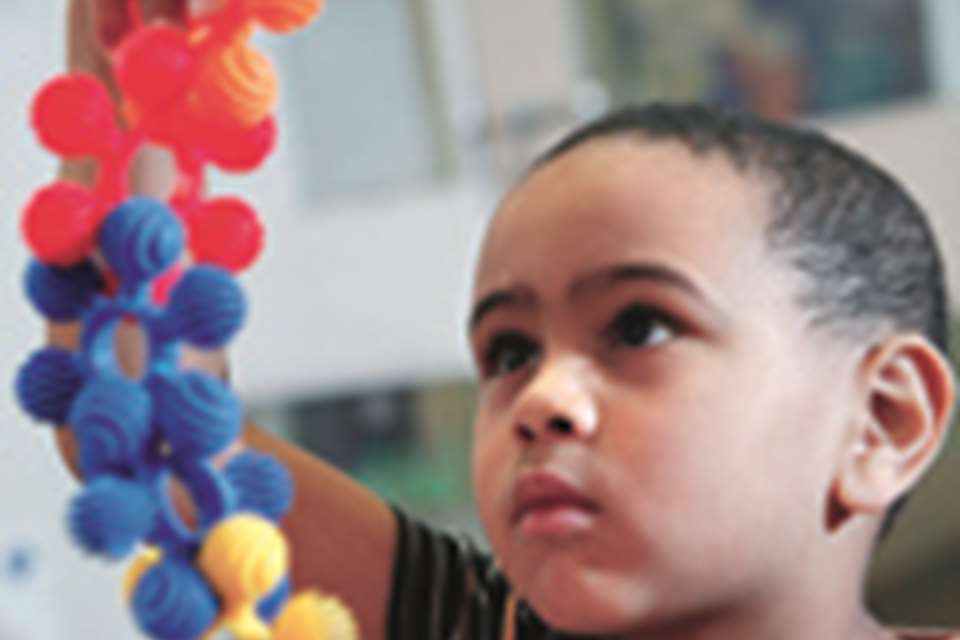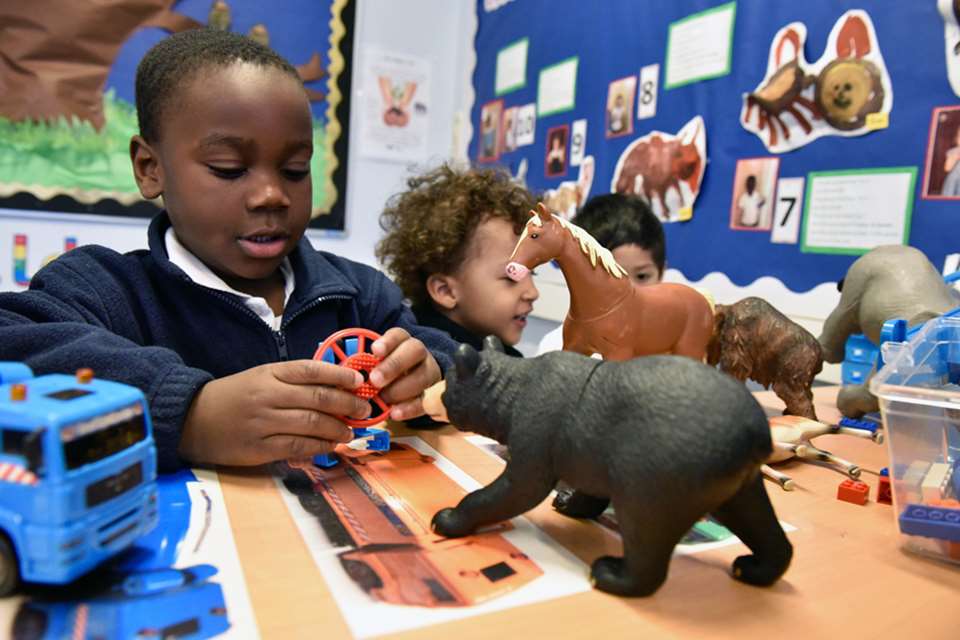Continuous Provision - A fresh look
Ann Langston
Sunday, September 1, 2019
In this extract from Ann Langston’s latest book, Evaluating Early Years Practice in Your School, she explores how to make continuous provision interesting and challenging
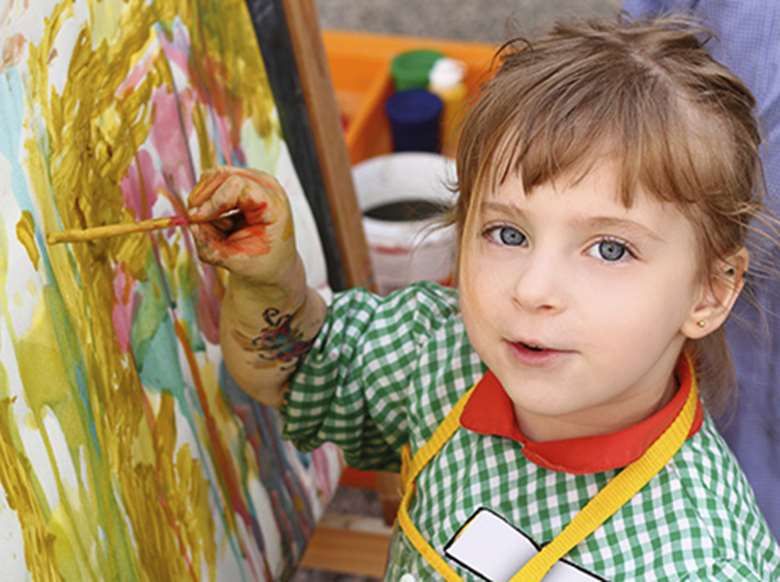
Download the PDF of this article
Early years teachers often tell me they have great difficulty in setting up exciting, interesting challenges in continuous provision, and since every area of the environment has to support play and learning (in the way a member of staff would do), it’s important to get this area right.
The first challenge is often ensuring that what is added to continuous provision, in the way of enhancements, is both intriguing and novel. This may vary depending on children’s interests – some may be ‘hooked’ at the first sight of a fluffy toy cat and a cat basket, while others may be thrilled to find head and wristbands alongside cloaks so that they can explore taking on superhuman powers. Almost anything new we provide is bound to be a hit if it captures children’s imaginations or if it is considered by them to be worthy of further exploration.
However, novelty doesn’t last so we need to be mindful of this. For example, a range of spy glasses, telescopes and binoculars may provoke a great deal of interest initially, but unless we help children to see the potential of these items, they may lie unused alongside more everyday items.
Perhaps the most daunting aspect of creating challenges is that adults are sometimes a little like long-distance runners who are over-ambitious at the outset, then find that their energy is spent before they can complete the race – hence, teachers setting challenges that become too unwieldy and are therefore abandoned.
The value of setting challenges very much depends on what is on offer. It’s important to be clear that in addition to giving children ideas for how to use resources, the purpose of providing any challenge is to motivate and engage children in some of the following ways (but this is not an exhaustive list):
Finding out: exploring and playing with items and materials to understand more about them.
Making guesses: hypothesising about what might happen if something is done, changed, added or taken away.
Problem-solving by using a range of strategies: recognising different strategies may succeed or fail (skills that many adults find difficult).
Reviewing their actions: evaluating how something was done, whether it worked or not and how it might be improved.
MANAGING CHALLENGES
To be successful, challenges need to be fresh and tempting. If you want to offer ‘hooks’ for children’s learning, starting small is a good way to begin because there is a fair chance that you will be able to keep up the pace if you do this.
If, initially, you introduce one challenge you will be able to monitor this to identify whether what you have offered is at the right level and is interesting for all of the children. If this challenge proves exciting and interesting, then you can develop a plan to cover more areas or to differentiate some challenges so that different groups of children can enjoy reaching a satisfying outcome for their efforts.
It may be useful to begin by either:
a) thinking about the areas where play is less well-developed, perhaps in a home corner, a water tray or the sand tray; or
b) thinking about areas of learning for which you have fewer observations because of some limitation in your provision or practice.
So, here are some guidelines to manage challenges:
Start small, beginning by consulting with the children. They may say they want a net so that they can play basketball and you could then obtain one.
Once you have identified a possible focus, discuss with the children how the challenge will work. Will they need a timer or will they have five turns at getting the ball in the net before another child can have a turn?
Once this is established, you might want to create a self-registration process so all interested children will know when they can have their turn.
And finally, you may want to make the challenge easier or more difficult for the younger/older, smaller/bigger, less/more mature children. Perhaps expect bigger children to stand near one line and smaller children closer to the net to take their ‘shots’.
Once you decide to extend learning possibilities for children you may find that this approach becomes a significant part of your provision as children will enjoy the independence and autonomy which is often lacking in more formal learning environments where a child’s choices may be restricted and opportunities for exploring and finding out are fewer.
This is an edited extract from ‘Continuous provision: creating challenges for learning’ in Evaluating Early Years Practice in Your School by Ann Langston (Bloomsbury)
MORE INFORMATION
Evaluating Early Years Practice in Your School by Ann Langston (Bloomsbury, £19.99) will help practitioners reduce unnecessary workload and create time for more high-quality ‘hands-on’ teaching and learning. With chapters on observation, assessment and evaluation, this book helps practitioners feel confident about their judgements and practice. To order a copy, visit: www.bloomsbury.com/uk


